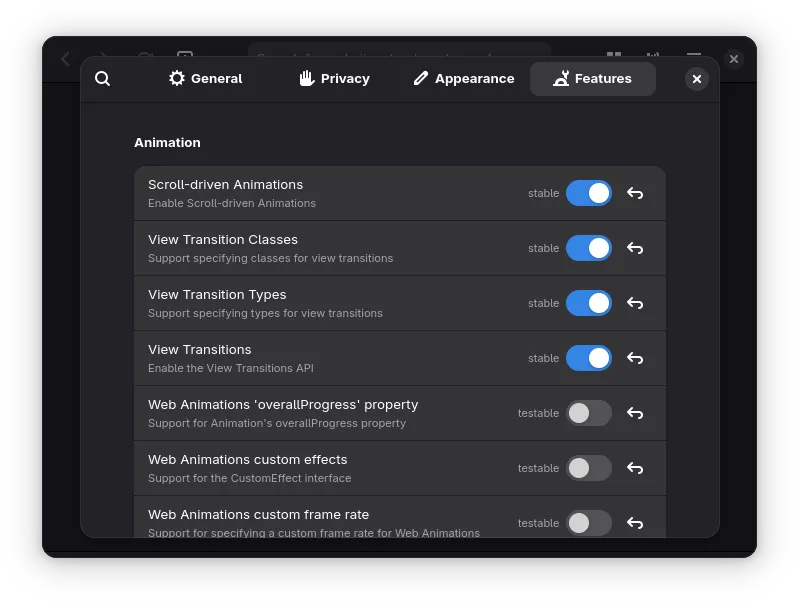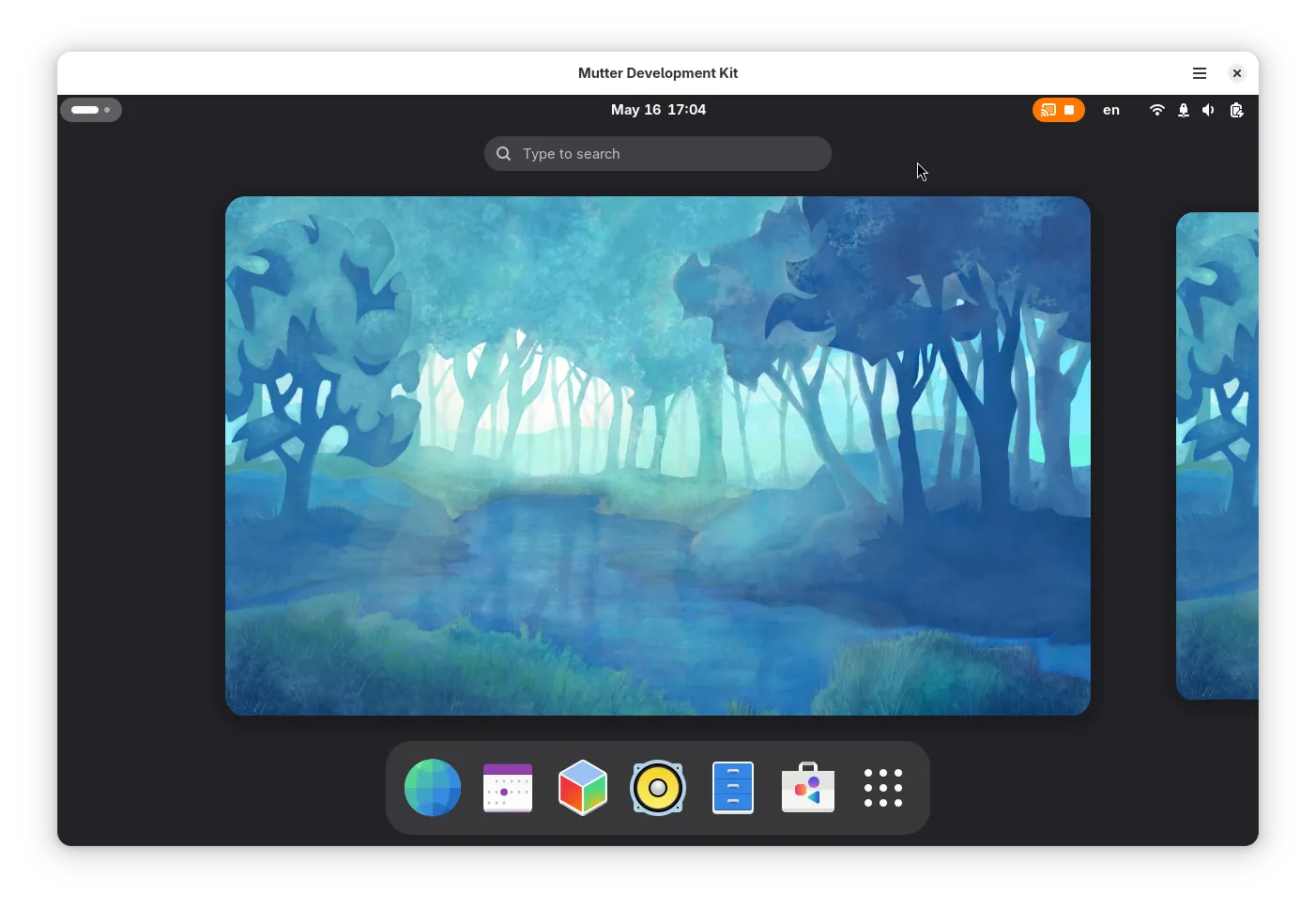On Safety
As you may be aware, the entire GNOME community has been on the receiving end of a coordinated harassment campaign for the past year. All GNOME users and contributors with a public profile, and those active on Matrix, are being harassed.
I want to share my personal perspective on this, as the GNOME Foundation Executive Director. There are some things that need to be said about these events, and I want to provide some reassurance for community members.
People At Risk
It is important for us to recognize that there are members of our community who are particularly at risk from the recent harassment campaign. Here, I am specifically referring to those people for whom this kind of harassment poses a genuine physical threat. The harassment frequently takes the form of anti-LGBTQIA+ (most frequently anti-trans), racist, misogynist, anti-semitic, and anti-muslim messages.
Individual targets of the harassment have included Staff members, Board members, Foundation members, and users. Our community includes people living under oppressive, authoritarian regimes. It includes people in war zones. It includes refugees. These people are all acutely at risk.
Please know that if you belong to one of these groups, you are always welcome in the GNOME community. We will do everything we can to ensure your safety in our community. We will not tolerate threats to your safety.
Psychological Harm
In addition to risk of physical harm, one component of this coordinated harassment campaign is the use of disturbing images, intending to cause psychological harm. The attackers’ very possession of these images is an international crime.
These attacks have been stopped on Discourse, our forum tool. The GNOME moderation team is actively engaged with the Matrix moderation team to reduce (and ultimately eliminate) users’ exposure to these images on the Matrix protocol.
If you have received one of these images, your best course of action is to email [email protected]. Specific, actionable advice is provided in The GNOME Handbook’s Matrix: Staying Safe section.
My Personal Experience
I was quite surprised to witness — and then find myself on the receiving end of — this harassment campaign when I began my new role with the GNOME Foundation. Because I’m a relatively new community member, I want to discuss my experience in case it is helpful to anyone else.
The first time I was on the receiving end of one of these images, my response was to go to my partner and say, “I’m feeling sick and anxious. I really need a hug.” This was also my response to the first few harassment messages I received. I was advised by other staff members not to respond to the people sending these messages of harassment. I’m glad I took their advice. Engaging will not help.
I have tried on many occasions to have compassion for those instigating and carrying out the harassment. They are clearly misguided — and not well. I have spent many years cultivating compassion but I still find myself struggling with this. Often thinking of the attackers leaves me feeling angry instead of compassionate.
If I catch myself directing angry thoughts toward those people carrying out the harassment campaign, I instead try my best to direct compassion toward those who are suffering because of it: the community. It is easy to feel compassion for the victim and if I focus my attention on the people who continue to work tirelessly on GNOME in spite of these attacks, I always end up with a smile on my face.
If you are feeling angry or frustrated, perhaps this approach will help you, too.
Commitment
Not every safety violation is created equal. Trolling and flame wars require a stern conversation — and perhaps moderation. A Code of Conduct violation necessitates the involvement of the Code of Conduct Committee — and perhaps the Board. Crimes demand the engagement of lawyers and law enforcement.
Of the harassment campaign I have heard the following euphemisms:
- “The spam.”
- “They are bullies.”
- “These people trolling us.”
- “These people seem like jerks.”
- “An annoying technical issue with federated protocols.”
They are not simply “bullies”. Their actions do not constitute “trolling”. These are crimes.
It is my commitment to you as members of this community that the Foundation will pursue the most appropriate course of action whenever your safety is violated, to the degree it is violated. This is part of why the Foundation exists: an incorporated entity can engage other organizations in more significant ways than any one person can.
The Foundation stands with you.











































































